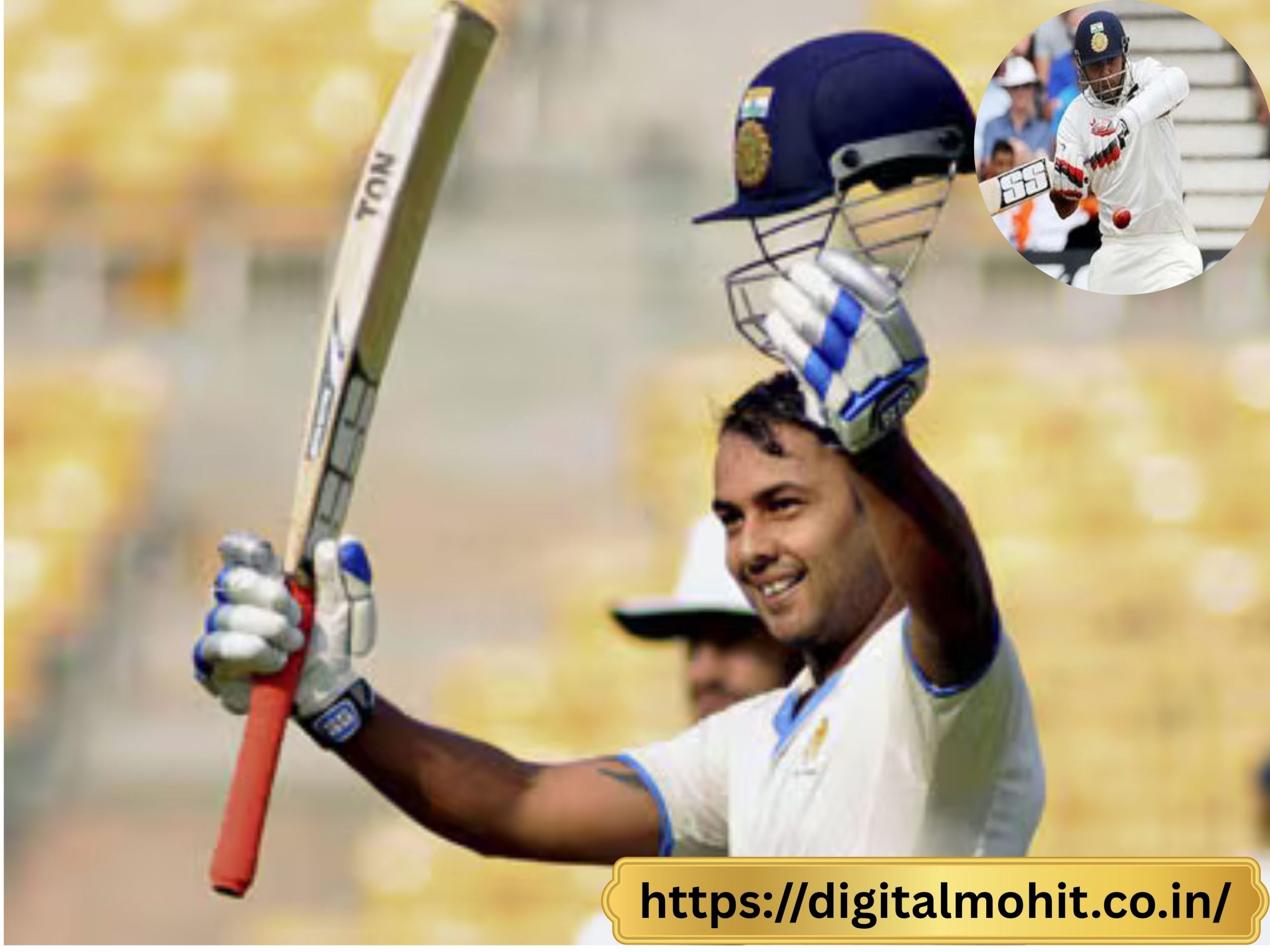When you think of Indian cricket in the 2010s, a few big names immediately come to mind—Virat Kohli, MS Dhoni, Rohit Sharma. But behind the marquee lights and camera flashes existed a man who never sought the spotlight, yet carved out a unique space in Indian cricket’s narrative. That man is Stuart Binny—a quiet craftsman, an all-rounder who played his role with calm precision and an underdog’s quiet pride.
Born into cricketing lineage—his father, Roger Binny, was a member of India’s historic 1983 World Cup-winning squad—Stuart had both the privilege and pressure of legacy. But what made his journey special was that he never leaned on it. Instead, he built his own story, brick by brick, often away from the glare.
READ MORE : https://digitalmohit.co.in/category/news/
Early Years: The Weight of a Surname
For Stuart Binny, the surname opened doors but also cast long shadows. Every run he scored, every wicket he took, was compared—sometimes unfairly—to his father’s achievements. Trained at the prestigious Frank Anthony Public School and later at the Karnataka Institute of Cricket, Stuart honed his skills in Bengaluru, a city that has produced legends like Rahul Dravid and Anil Kumble.
He wasn’t the flashiest player in the nets, nor the loudest in the dressing room. But those who watched closely saw a cricketer with a classic rhythm—steady medium pace, the ability to swing the ball, and a compact batting technique tailor-made for the middle order.
READ MORE : https://digitalmohit.co.in/
The Domestic Craftsman
Stuart Binny’s domestic career is perhaps one of the most underrated in modern Indian cricket. He represented Karnataka with pride and consistency, becoming a dependable figure in the Ranji Trophy setup. His breakthrough came in the 2013–14 season, where he played a pivotal role in Karnataka’s triumph with both bat and ball.
His performances weren’t loud; they didn’t scream for attention. But they were efficient. Binny often played the kind of innings that rescued games—coming in when the team was wobbling at 60 for 4 and leaving the crease at 180 for 5 with a solid half-century to his name.
It was this very trait that brought him to the national selectors’ radar—not for flamboyance, but for functionality.
International Call-up: A Dream Realized
In January 2014, at the age of 29, Stuart Binny made his ODI debut against New Zealand. It wasn’t the most fairytale of starts—he didn’t get to bat or bowl—but it marked the beginning of his international chapter. Just months later, he etched his name into history books.
June 17, 2014 — The Spell that Echoes
It was a humid afternoon in Mirpur, Bangladesh. India had set a modest target of 106 runs, and the pitch had demons. Then came a spell that no one saw coming—6 wickets for just 4 runs. Stuart Binny had scripted the best bowling figures in Indian ODI history, surpassing even Anil Kumble’s legendary 6 for 12.
It wasn’t express pace or extravagant swing. It was smart bowling—back-of-a-length deliveries that nibbled, subtle variations, and relentless discipline. Bangladesh collapsed for 58. And Stuart Binny had arrived.
Test Cricket: The Brief Chapter
Binny’s Test debut came against England at Trent Bridge in July 2014. On a pitch that was a bowler’s graveyard, he scored a resilient 78 in the second innings, helping India secure a draw. It was a knock that showed grit—a quality often overshadowed in a team filled with flair.
But the Test opportunities dried up soon after. India, looking for express pace and spin-rich bowling lineups, often found it hard to slot in a medium-pace all-rounder. Yet, in the limited chances he got, Binny left a mark as a team player who could be relied upon.
IPL and Beyond: The Team Man
In the razzmatazz of the Indian Premier League, where big hits and big personalities dominate, Stuart Binny was a bit of an outlier. He played for the Rajasthan Royals, Royal Challengers Bangalore, and later for Lucknow Super Giants. While he didn’t post headline-grabbing numbers, he was the kind of utility player every captain wanted—someone who could adapt to any role.
He wasn’t the most picked player in fantasy leagues. But he often did the job when it mattered. A quickfire 30 off 15. A crucial over to break a partnership. He brought value quietly.
The Man Off the Field
What stood out about Stuart Binny was not just his on-field temperament, but also the grace with which he handled criticism and comparison. Married to TV presenter Mayanti Langer, Binny often found his personal life subjected to online scrutiny. But he stayed above it—never indulging in rebuttals, never courting controversy.
Those who knew him spoke of a grounded man—one who stayed connected to his roots, helped younger players in the dressing room, and always wore the India jersey with pride.
Retirement and Reflection
In August 2021, Stuart Binny announced his retirement from all forms of cricket. He stepped away quietly, just as he had played. No grand farewell. No trending hashtags. Just a simple statement of gratitude.
In an era where careers are measured in social media metrics, Binny’s journey reminds us of an old-school cricketing ethic—show up, do your job, leave the stage with dignity.
Legacy: Beyond the Numbers
Critics will point to the stats: 6 Tests, 14 ODIs, 3 T20Is. But numbers don’t tell the whole story. They don’t reflect the selflessness, the adaptability, the professionalism. They don’t show the long hours in the nets, the silence amidst social media noise, the pride of wearing India’s blue despite limited chances.
Stuart Binny was never the hero of highlight reels. But he was the heartbeat of every team he played for. The kind of player you miss only when he’s gone.
As Indian cricket moves ahead, glittering with superstars, it’s worth pausing to remember the quiet craftsmen like Binny—those who built the foundations while others scaled the peaks.
















Leave a Reply